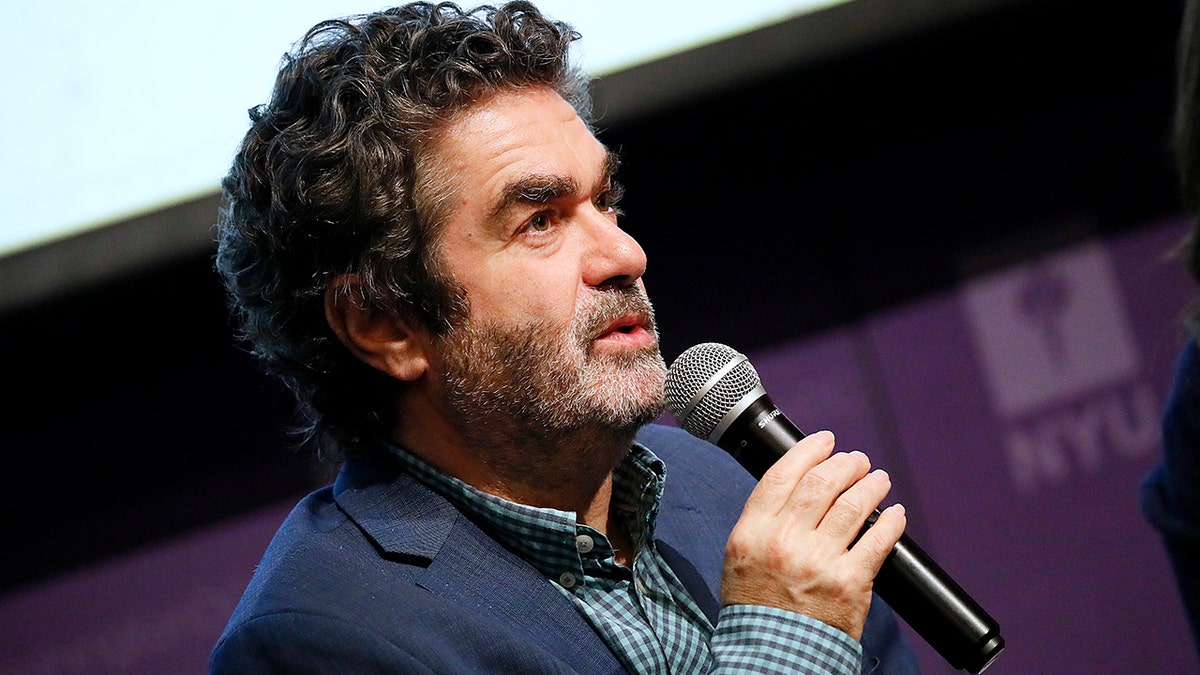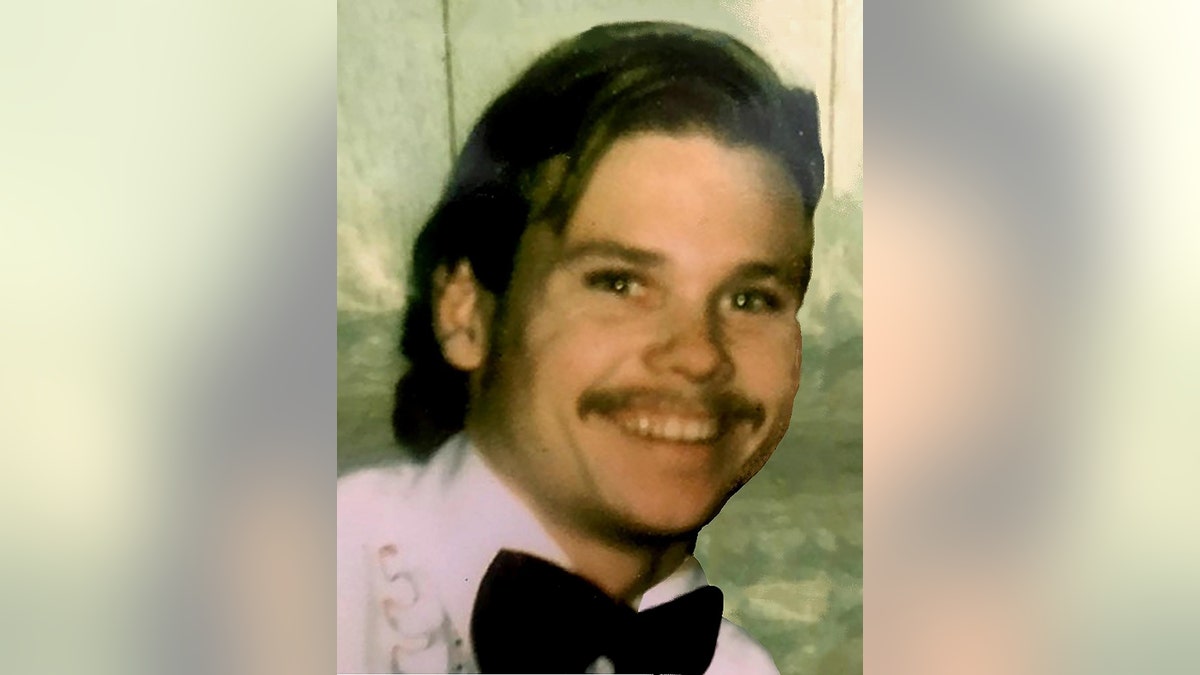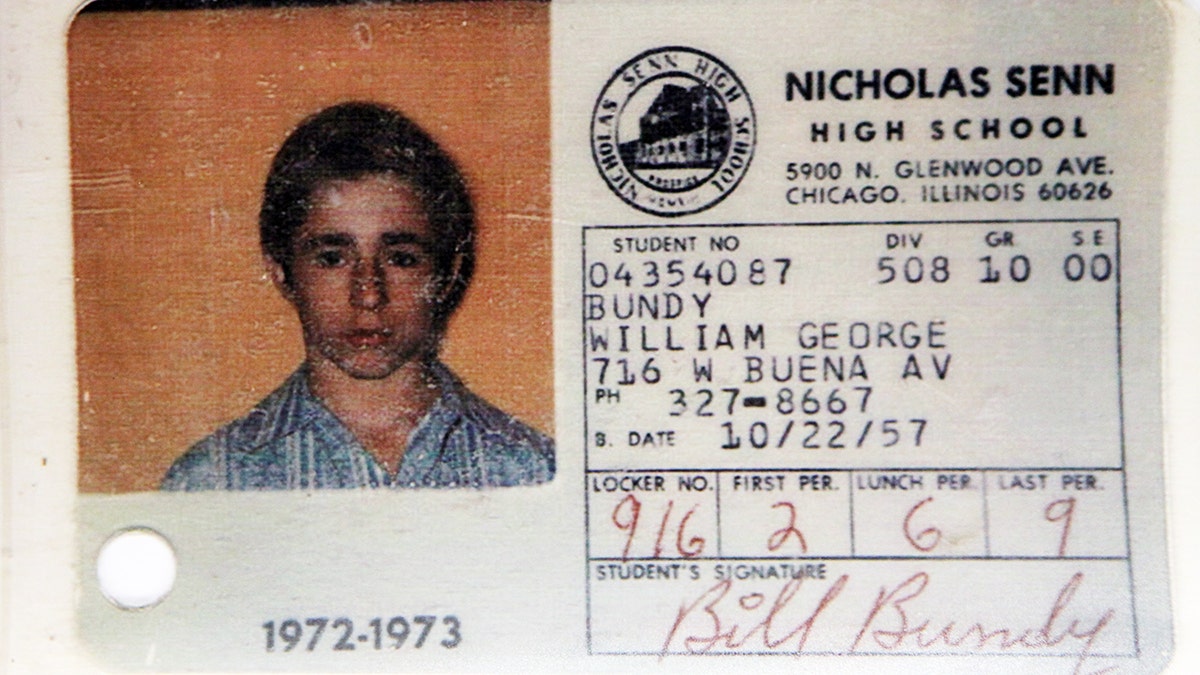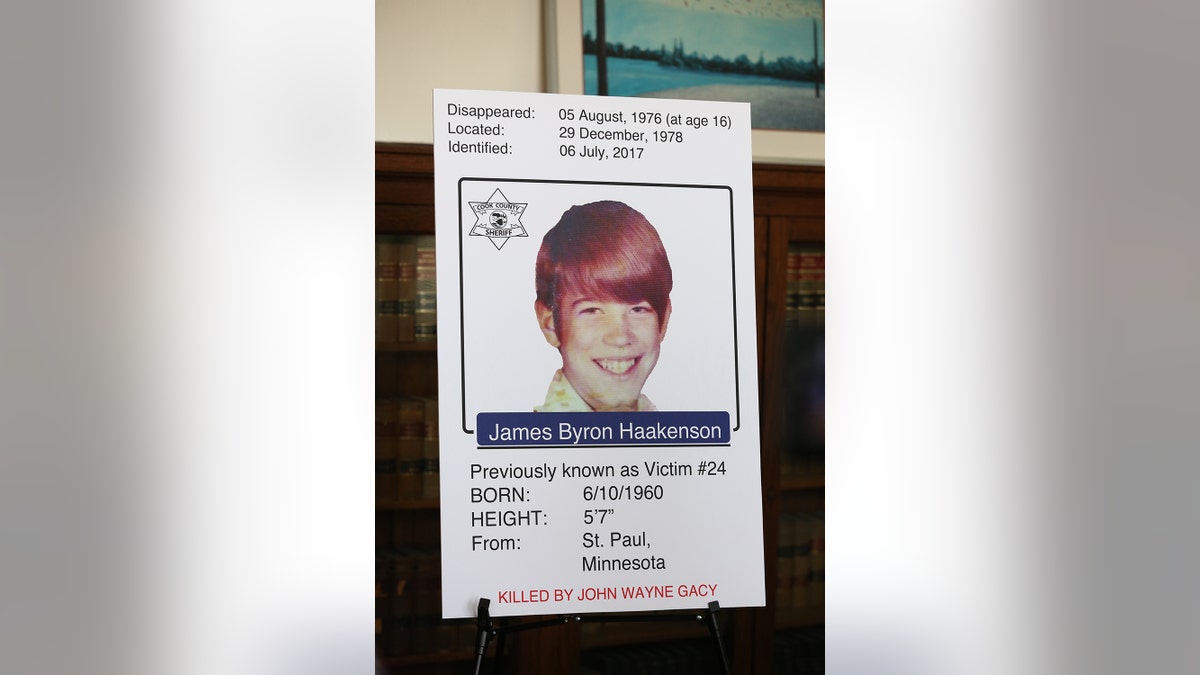Fox News Flash top headlines for April 20
Fox News Flash top headlines are here. Check out what's clicking on Foxnews.com.
Joe Berlinger is hopeful that, in his lifetime, the families of John Wayne Gacy’s unidentified victims will get justice.
The Oscar-nominated filmmaker, who previously focused on Ted Bundy’s crimes with 2019’s "Conversations with a Killer: The Ted Bundy Tapes" and "Extremely Wicked, Shockingly Evil and Vile," which starred Zac Efron, has now set his sights on the "Killer Clown."
The 60-year-old’s latest documentary on Netflix, "Conversations with a Killer: The John Wayne Gacy Tapes," takes a deep dive into the killings of the notorious Chicago native, who was found guilty of murdering 33 young men and boys during the ‘70s. It features previously unheard audio of Gacy from around 60 hours of taped recordings and interviews with investigators, loved ones and a first-hand account from survivor Steve Nemmers.
Gacy was executed in 1994 at age 52. However, five of the bodies discovered following his arrest have never been identified. The documentary makes a plea to viewers who believe a missing loved one could have been one of Gacy’s victims to contact the Cook County Sheriff’s Office.
"It was very important for us to include that in the documentary," Berlinger told Fox News Digital. "There’s nothing worse than losing a child. Having a lost child and not knowing whatever happened to them – I can’t imagine a worse nightmare for any parent. It’s horrible to lose your child under any circumstance, but to lose somebody under these circumstances and not know the truth, not know what happened to your child – I can’t imagine the anger those families must still feel. I do believe [investigators] will make more identifications."
As recently as October 2021, police confirmed with the help of DNA that Francis Wayne Alexander was among Gacy’s victims.

Filmmaker Joe Berlinger (pictured here) previously worked on two projects about serial killer Ted Bundy. (Paul Morigi/Getty Images for STARZ Entertainment, LLC)
It’s not clear exactly when Alexander, who would have been 21 or 22 years old, was killed. Investigators said the last known record they found is a parking ticket from January 1976. Financial records showed he made very little money that year, suggesting he was killed some time from early 1976 to mid-March 1977. Alexander's family spent over 40 years hoping he would reach out.
After Gacy was arrested in 1978, it was discovered that some of his identified victims had never been reported missing to their families. Some were estranged, while other loved ones were unaware that their relative was missing. The Cook County Sheriff’s Office is still actively seeking DNA samples for a direct comparison to any of the five unidentified victims. The office is seeking living family members who had a male relative go missing between 1970 and 1979.
CLICK HERE TO SIGN UP FOR THE ENTERTAINMENT NEWSLETTER
Out of the original eight unidentified victims, three were named in recent years, including Alexander. William George Bundy, who disappeared in 1976 at age 19, was identified in November 2011. James Bryon Haakenson, who went missing that same year at age 16, was identified in July 2017.

Francis Wayne Alexander's remains were discovered in December 1978. However, he wasn't identified until October 2021 thanks to modern DNA technology. (AP Images)
Berlinger pointed out that during the early days of the investigation, police dismissed many of the missing as runaways. Gacy was known to target bus stations and hitchhikers.
"These were a diverse group of victims," Berlinger explained. "Some were neighborhood kids who worked for him. In the case of Robert Piest, he was working at the local pharmacy … There was certainly a fair share of runaways and a fair share of kids who, because of their sexuality, had to leave home or were not comfortable talking to the police.
"I don’t think that makes all of the cases, but it was significant enough, particularly with the earlier victims, that prevented Gacy from getting caught. And it’s a tragedy because I think a lot of his victims could have been spared if there were different attitudes towards homosexuality back then.
"It’s bordering on criminal to the degree in which prevailing attitudes towards the LGBTQ community allowed this guy to flourish," Berlinger continued. "Most people didn’t report these crimes if they were able to survive because the relationship between the police department and the gay community was terrible."
CLICK HERE TO GET THE FOX NEWS APP

In 2011, Sheriff Thomas J. Dart announced the identity of one of John Wayne Gacy's unknown victims during a press conference at the Daley Center in Chicago. The victim, William George Bundy, who went missing in October 1976, was 18 years old. Bundy had been working construction jobs for Gacy. (Cook County Sheriff/Chicago Tribune/Tribune News Service via Getty Images)
The documentary showed how, in 1978, Jeffrey Rignall was lured into Gacy’s car where he was hit in the face with a rag soaked in chloroform. The 26-year-old was tied up and repeatedly tortured. After the attack, Gacy dumped Rignall in a spot not far from where he was first picked up. Despite physical evidence showing that Rignall was assaulted, the police didn’t appear to take him seriously. Rignall then began his own investigation and later testified at Gacy’s murder trial. Rignall died in 2000 at age 49.
"He brought all the information to police on a silver platter, and they still didn’t act," said Berlinger. "The [investigators] who finally tracked him down and made the case – I’m not talking about them. Those guys did heroic work. But it was the prevailing attitudes of law enforcement in that decade that allowed this guy to get away for as long as he did."
Gacy also attempted to disguise himself as a family man in his community. He was known for running a successful construction business, he actively pursued local politics and he famously entertained children at parties as "Pogo the Clown."

John Wayne Gacy expressed zero remorse for his crimes. (Getty Images)
"A clown is all about an alternate identity," said Berlinger. "Gacy was a guy who had an alternate identity that he kept secret from people. I think being a clown, as he says in the film, gave him permission to do things that people wouldn’t normally do, or to get into people’s personal space in a way that a normal person wouldn’t do. He attempted to portray himself as somebody that you wouldn’t ever guess would commit such terrible things. It was part of his identity of giving an opposite persona to people."
FLORIDA MOM RECALLS 12-YEAR-OLD CHILD'S MURDER: 'YOU JUST NEVER KNOW WHO'S AROUND YOU'
"We want to believe that serial killers are evil all the time, that they act evil all the time because that means you can spot them a mile away," Berlinger shared. "And it’s been my observation in 30 years of doing this that the people who do evil in this world are usually the people you least expect and most often trust … Guys like Gacy had friends and co-workers. And yet they did these evil things. They acted in such a way that you would never suspect them. And that is truly horrifying."
The remains of Alexander were among 26 sets that police found in the crawl space under Gacy’s home in 1978. Eight victims, including Alexander, were buried before police could determine who they were at the time.

In 2017, Sheriff Tom Dart and Detective Sergeant Jason Moran announced the identification of James Byron Haakenson from Minnesota. (Nancy Stone/Chicago Tribune/Tribune News Service via Getty Images)
It wouldn’t be until 2011 when Sheriff Tom Dart’s office exhumed the remains of the unidentified and called on anyone who had a male relative disappear in the Chicago area during the 1970s to submit DNA. The sheriff’s office also partnered with the DNA Doe Project, a nonprofit that compares DNA from unidentified crime victims to genealogical databases. They found potential relatives for the individual known as Victim No. 5 – distant cousins of Alexander. The sheriff’s office then asked Alexander’s mother for immediate family members’ DNA samples.
Alexander’s brother, Richard Clyde, provided one of the samples that confirmed his sibling’s identity. Clyde noted that the advancement of DNA testing and genealogical data "brought Wayne to us."
Berlinger believes his documentary will raise awareness of the victims whose identities remain unknown.

Following weeks of excavation in search of victims, John Wayne Gacy's home, known as a "House of Horrors," was demolished. (Bettmann Archive/Getty Images)
"Every victim deserves equal justice," Berlinger said. "Everybody deserves to have their crimes investigated. Everyone deserves equal protection under the law. [Hearing these stories] gave me chills. It made me angry. This is somebody who could have been caught much earlier. … The other lesson here is just because someone acts trustworthy, it doesn’t mean they deserve your trust."
"Conversations With A Killer: The John Wayne Gacy Tapes" is available for streaming. The Associated Press contributed to this report.






















